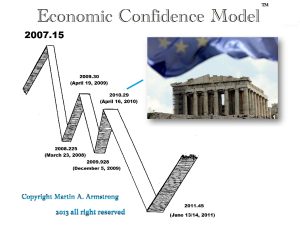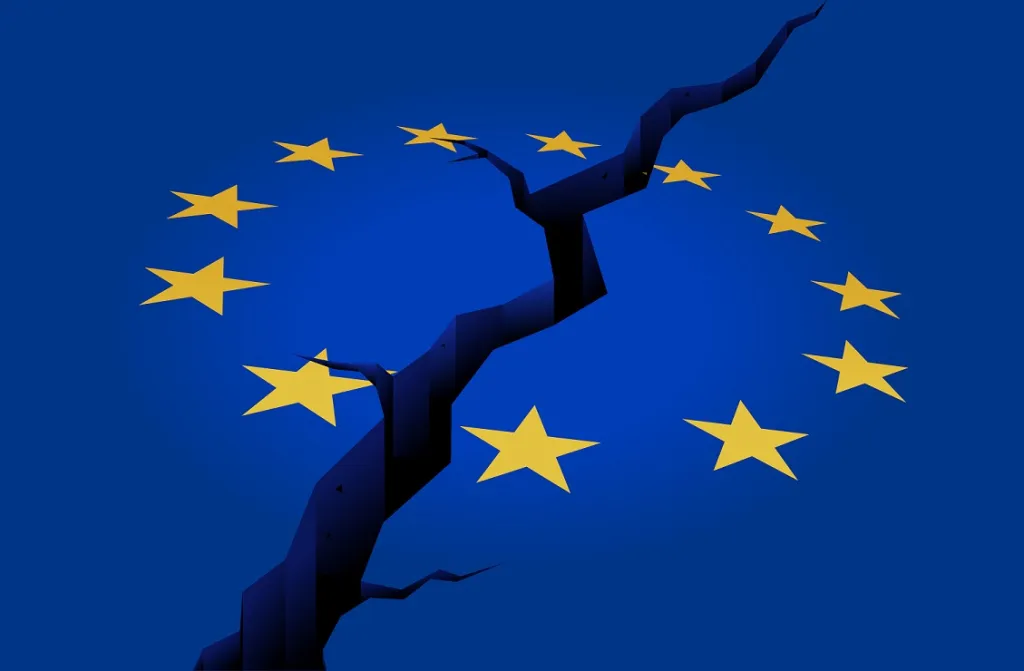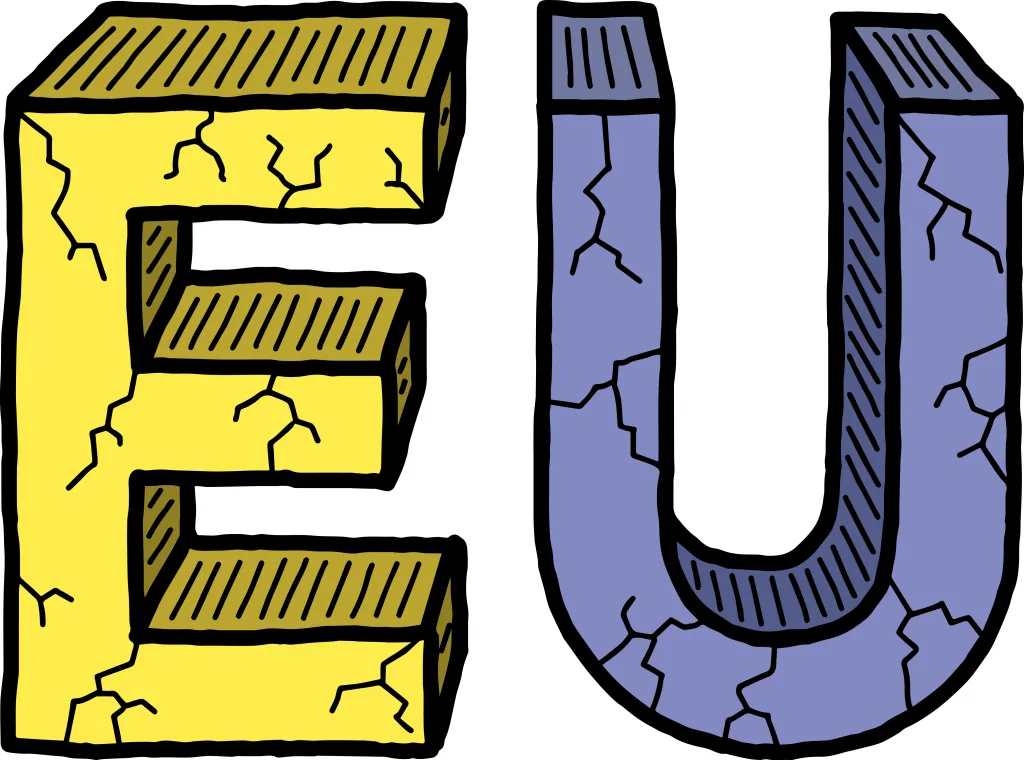As the European Central Bank (ECB) finally begins to raise rates, Greece is rushing to repay its outstanding debt. The failure to consolidate eurozone debt hurt the southern nation, whose debt spiked due to simple currency conversion. Greece remains the most indebted country in the EU. The country received its third bailout in 2018 and has been struggling to pay off its debt, relying mostly on bonds.
Greece is making its next payout ahead of schedule, as it knows that the amount owed will only rise. Greece is set to repay 2.7 billion euros, according to the finance ministry. However, this is a small piece of what they owe as debts have more than tripled since the start of the year.
As the eurozone is facing an inevitable recession, Brussels is sure to hunt down its debts. Greece has been put in a lose-lose situation as its initial debt spiked after the drachma was converted to the euro. Greece’s debt to GDP has soared since joining the euro. The ratio is expected to reach 186.1% by the end of the year, which is slightly better than 2020 (206.3%) and 2021 (193.3%).
The entire EU Crisis began precisely on schedule on the political pi turning point from the major high in 2007. Precisely on the day of the ECM turning point, April 16, 2010 (2010.29), Greece notified the International Monetary Fund (IMF) that it was on the verge of bankruptcy. The eurozone and IMF provided Greece with a 260 billion euro loan – a small price to pay to prevent the European economy from crashing. Greece repaid the IMF 28 billion between 2010 and 2014. More money was requested a few years later. Fast forward to 2022, and Greece needed an additional 7 billion euros through bond sales. They are simply trying to stay afloat.










